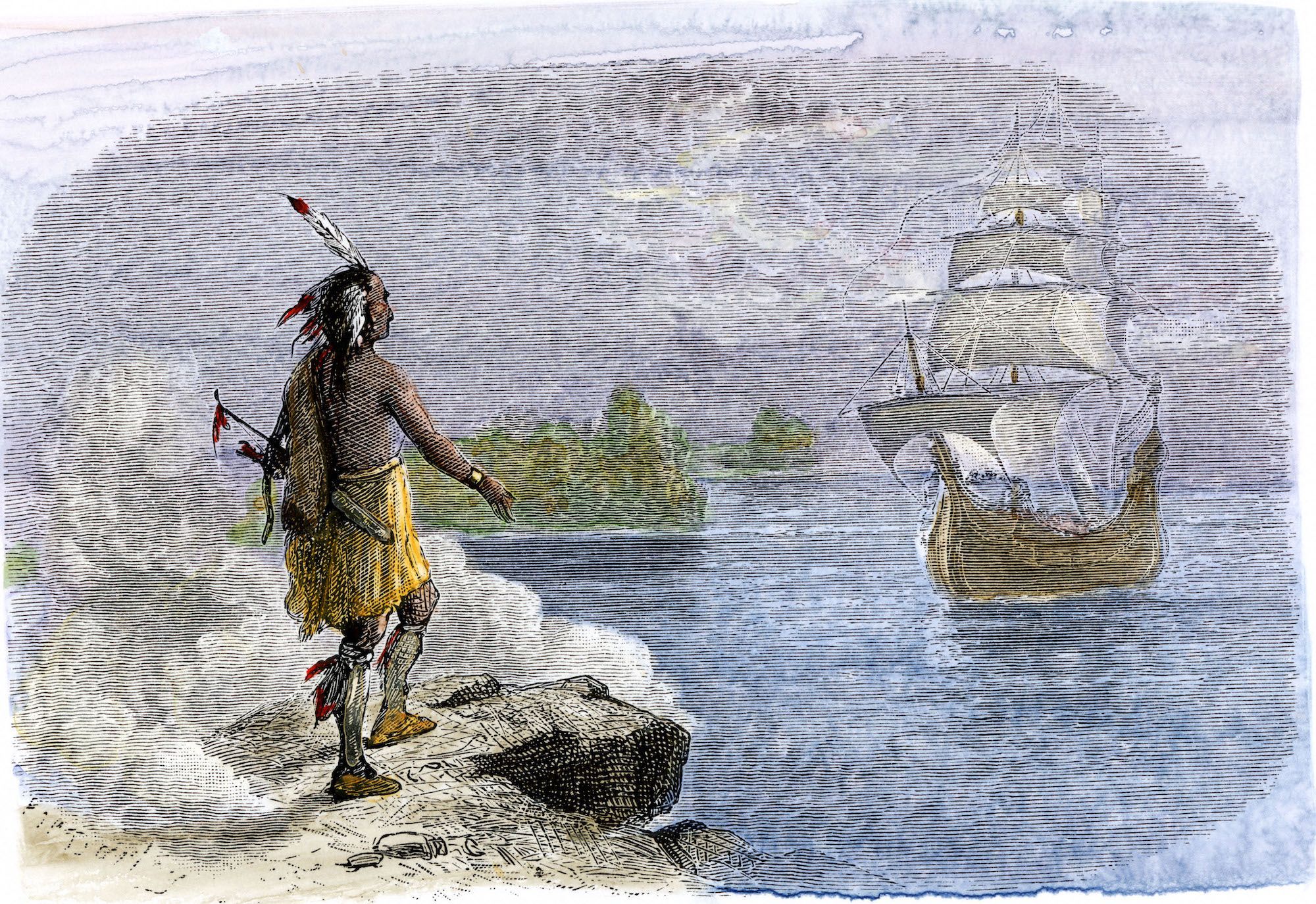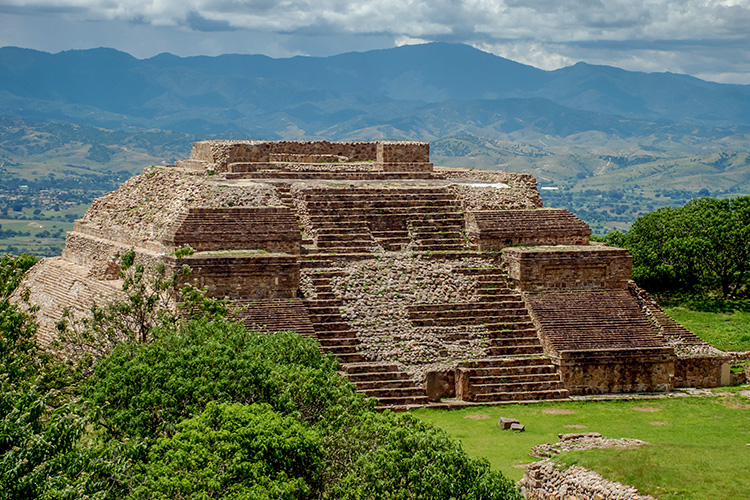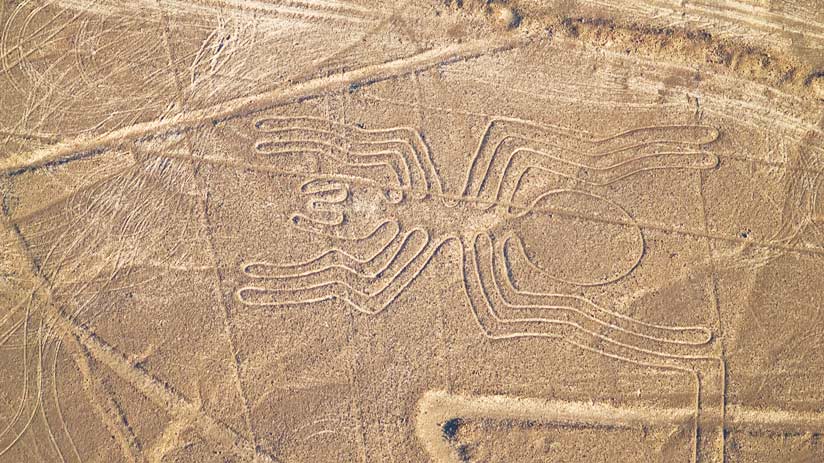Culture Research Project: Zapotec
Las Américas / The Americas
Aproximadamente 10 millones de nativos americanos vivían en las Américas cuando llegó Colón. Llevaban aquí más de 12.000 años cuando los primeros europeos cruzaron el océano Atlántico; independientemente de si fue el Leif Erickson y los vikingos o Colón y los españoles. La diversidad en la cultura y la sofisticación de los pueblos indígenas varió en todo el Nuevo Mundo al igual que lo hizo en el Viejo Mundo. El sitio web a continuación ofrece un vistazo a algunas de las civilizaciones más desarrolladas de las Américas.
There were approximately 10 million Native Americans living in the Americas when Columbus arrived. They had been here for over 12,000 years already when the first Europeans had voyaged across Atlantic Ocean; regardless of whether it was the Leif Erickson and the Vikings or Columbus and the Spanish. The diversity in culture and sophistication of the indigenous people varied across the New World just as it did in the Old World. The website below offers a glimpse into some of the more developed civilizations of the Americas.

Civilizaciones nativas / Native Civilizations

Olmec

Mayas

Zapotec

Teohtihuacan

Toltec

Cahokia

Aztec

Nazca

Tiwanaku

Wari
